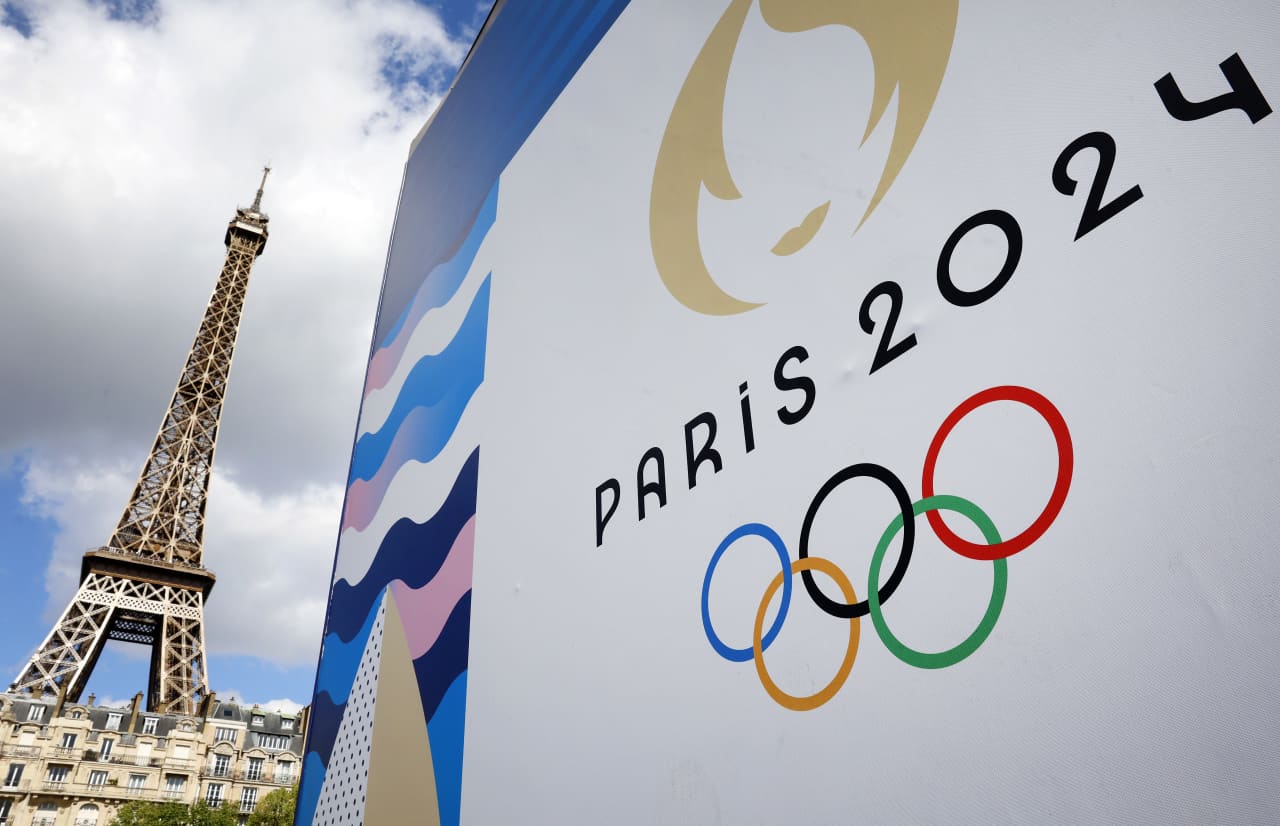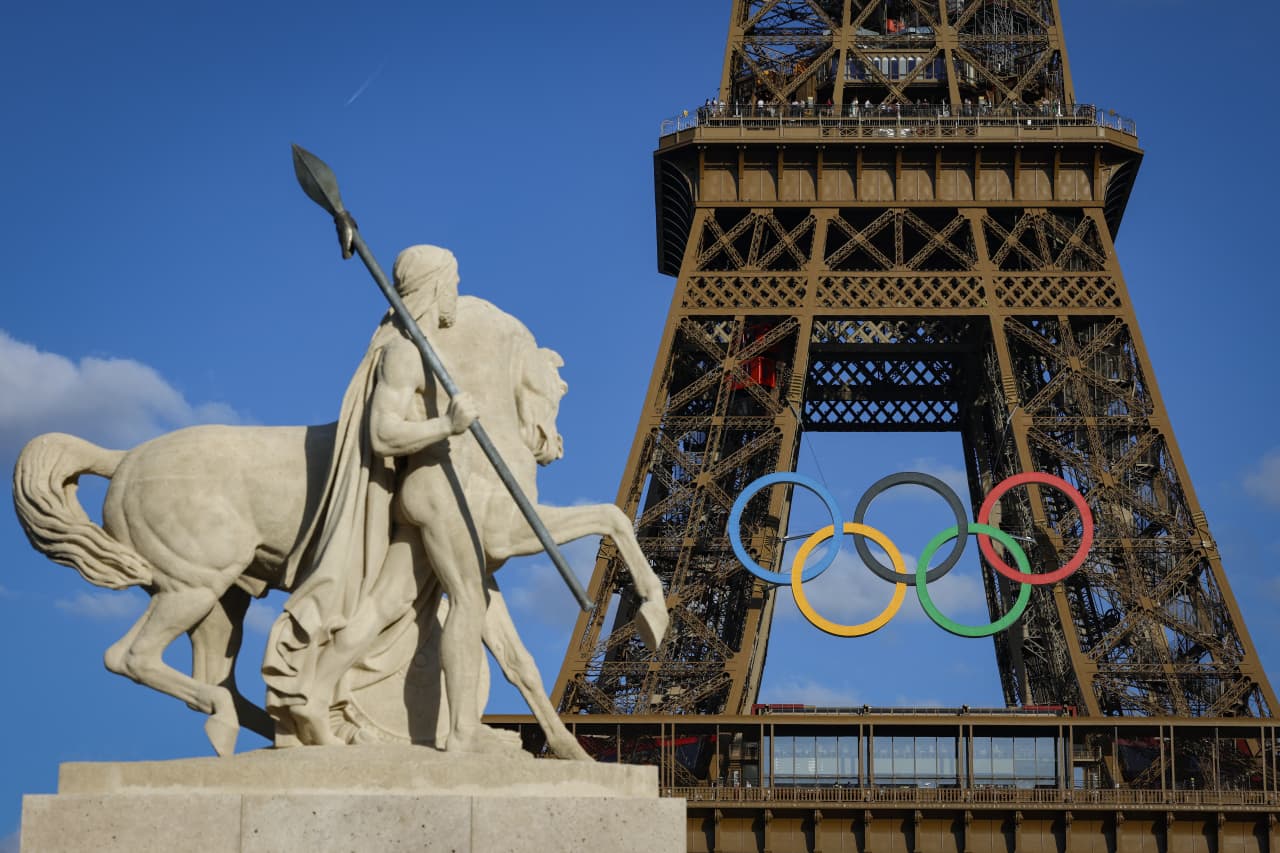FIRST IT WAS QUIET QUITTING, NOW WORKERS ARE FACING OFF WITH THEIR BOSSES
Employee frustrations impact productivity and worker retention, Gallup says
Employee frustrations impact productivity and worker retention, Gallup says
More and more Americans aren’t feeling great at work.
Half of workers aren’t engaged on the job, putting in minimal effort to get by, according to research by Gallup released Tuesday. Employee engagement in the U.S. declined for the second year in a row. There is also a growing share of the workforce that is disengaged, or resentful that their needs aren’t being met. In some cases, these workers are disgruntled over low pay and long hours, or they have lost trust in their employers.
“Employers are just not as in touch with employees,” said Jim Harter, chief workplace scientist at Gallup and lead author on the report. Some of the recent shift in attitude stems from workers having unclear expectations from their managers.
Workers’ frustrations have been building since 2021, after Gallup-measured U.S. worker-engagement levels hit their highest level on record in 2020. In the spring and summer of 2020, as Covid-19 spread and there was social unrest in the wake of George Floyd’s murder, executives at many companies had town halls and listening sessions with employees, communicating organisational mission and keeping workplace relationships strong.
This year, more companies are trying to bring workers back to offices as bosses fret about worker productivity and loyalty.
Gallup surveyed more than 60,000 people in the U.S. to compile the report, which has tracked Americans’ sentiment about their jobs since 2000, and says engaged workers are more productive and tend to stay at their jobs for longer.
“If you feel like your employer isn’t giving you what you need to do your work, you’re going to be much less loyal—and looking for other work,” said Harter.
Gallup’s findings come amid backlash from workers, many of whom have recently stepped up protests against in-office requirements as companies change pandemic-era policies.
Workers at insurer Farmers Group called to unionise, and some pledged to quit after a new chief executive said he would require most workers to be in-office three days a week. Amazon.com workers demonstrated at lunch recently against a hybrid-work policy with three days in the office a week.
An employee’s relationship with a direct boss is more important to engagement than where people work, said Harter. One way to build these connections is for managers to have meaningful conversations with their employees, preferably at least once a week.
Many employees see shifts away from flexible schedules and remote work options as a signal that executives don’t trust them to do their jobs outside of the office. Others say benefits to remote work they experienced during the pandemic, including more time with family and cutting back commutes, are now critical to their happiness.
The employers making more in-office work a requirement are, in part, motivated by trying to bolster workers’ loyalty, which they correlate with longer retention, said Katy George, a senior partner and chief people officer at McKinsey & Co.
Kyle Pflueger, 34 years old, was hired in 2020 to work remotely as a product manager. He met his co-workers in person just a few times over the years and never felt fully connected to his work or colleagues, but as the breadwinner for his family, he needed the pay, retirement benefits and health insurance.
Pflueger left his full-time job this month to focus on his independent projects.
“I wasn’t feeling particularly happy with the work that I was doing,” he said. He now works full time for himself, building and maintaining websites for businesses.
Workers also said they were more stressed this year than last, according to Gallup’s survey. American workers are among the most stressed, tied with workers in Canada and parts of East Asia.
Workplace stressors include low salaries, long hours and a lack of opportunity for advancement, according to an October report from the U.S. Surgeon General. The report also warned that workplace stress can be bad for mental health, disrupt sleep and raise one’s vulnerability to infection.
Michele Spilberg Hart, who directs marketing for a Boston-area health nonprofit, said that she has told her staff to take time off when they aren’t feeling well mentally or physically. Their work isn’t life-or-death, and taking breaks can help people come back with more energy and better ideas, she said.
“They cannot do good work and be healthy if they’re not taking care of themselves first,” she said. “If you don’t take care of yourself, nobody else will.”
 Copyright 2020, Dow Jones & Company, Inc. All Rights Reserved Worldwide. LEARN MORE
Copyright 2020, Dow Jones & Company, Inc. All Rights Reserved Worldwide. LEARN MORE
What a quarter-million dollars gets you in the western capital.
Alexandre de Betak and his wife are focusing on their most personal project yet.
As Paris makes its final preparations for the Olympic games, its residents are busy with their own—packing their suitcases, confirming their reservations, and getting out of town.
Worried about the hordes of crowds and overall chaos the Olympics could bring, Parisians are fleeing the city in droves and inundating resort cities around the country. Hotels and holiday rentals in some of France’s most popular vacation destinations—from the French Riviera in the south to the beaches of Normandy in the north—say they are expecting massive crowds this year in advance of the Olympics. The games will run from July 26-Aug. 1.
“It’s already a major holiday season for us, and beyond that, we have the Olympics,” says Stéphane Personeni, general manager of the Lily of the Valley hotel in Saint Tropez. “People began booking early this year.”
Personeni’s hotel typically has no issues filling its rooms each summer—by May of each year, the luxury hotel typically finds itself completely booked out for the months of July and August. But this year, the 53-room hotel began filling up for summer reservations in February.
“We told our regular guests that everything—hotels, apartments, villas—are going to be hard to find this summer,” Personeni says. His neighbours around Saint Tropez say they’re similarly booked up.
As of March, the online marketplace Gens de Confiance (“Trusted People”), saw a 50% increase in reservations from Parisians seeking vacation rentals outside the capital during the Olympics.
Already, August is a popular vacation time for the French. With a minimum of five weeks of vacation mandated by law, many decide to take the entire month off, renting out villas in beachside destinations for longer periods.
But beyond the typical August travel, the Olympics are having a real impact, says Bertille Marchal, a spokesperson for Gens de Confiance.
“We’ve seen nearly three times more reservations for the dates of the Olympics than the following two weeks,” Marchal says. “The increase is definitely linked to the Olympic Games.”

According to the site, the most sought-out vacation destinations are Morbihan and Loire-Atlantique, a seaside region in the northwest; le Var, a coastal area within the southeast of France along the Côte d’Azur; and the island of Corsica in the Mediterranean.
Meanwhile, the Olympics haven’t necessarily been a boon to foreign tourism in the country. Many tourists who might have otherwise come to France are avoiding it this year in favour of other European capitals. In Paris, demand for stays at high-end hotels has collapsed, with bookings down 50% in July compared to last year, according to UMIH Prestige, which represents hotels charging at least €800 ($865) a night for rooms.
Earlier this year, high-end restaurants and concierges said the Olympics might even be an opportunity to score a hard-get-seat at the city’s fine dining.
In the Occitanie region in southwest France, the overall number of reservations this summer hasn’t changed much from last year, says Vincent Gare, president of the regional tourism committee there.
“But looking further at the numbers, we do see an increase in the clientele coming from the Paris region,” Gare told Le Figaro, noting that the increase in reservations has fallen directly on the dates of the Olympic games.
Michel Barré, a retiree living in Paris’s Le Marais neighbourhood, is one of those opting for the beach rather than the opening ceremony. In January, he booked a stay in Normandy for two weeks.
“Even though it’s a major European capital, Paris is still a small city—it’s a massive effort to host all of these events,” Barré says. “The Olympics are going to be a mess.”
More than anything, he just wants some calm after an event-filled summer in Paris, which just before the Olympics experienced the drama of a snap election called by Macron.
“It’s been a hectic summer here,” he says.

Parisians—Barré included—feel that the city, by over-catering to its tourists, is driving out many residents.
Parts of the Seine—usually one of the most popular summertime hangout spots —have been closed off for weeks as the city installs bleachers and Olympics signage. In certain neighbourhoods, residents will need to scan a QR code with police to access their own apartments. And from the Olympics to Sept. 8, Paris is nearly doubling the price of transit tickets from €2.15 to €4 per ride.
The city’s clear willingness to capitalise on its tourists has motivated some residents to do the same. In March, the number of active Airbnb listings in Paris reached an all-time high as hosts rushed to list their apartments. Listings grew 40% from the same time last year, according to the company.
With their regular clients taking off, Parisian restaurants and merchants are complaining that business is down.
“Are there any Parisians left in Paris?” Alaine Fontaine, president of the restaurant industry association, told the radio station Franceinfo on Sunday. “For the last three weeks, there haven’t been any here.”
Still, for all the talk of those leaving, there are plenty who have decided to stick around.
Jay Swanson, an American expat and YouTuber, can’t imagine leaving during the Olympics—he secured his tickets to see ping pong and volleyball last year. He’s also less concerned about the crowds and road closures than others, having just put together a series of videos explaining how to navigate Paris during the games.
“It’s been 100 years since the Games came to Paris; when else will we get a chance to host the world like this?” Swanson says. “So many Parisians are leaving and tourism is down, so not only will it be quiet but the only people left will be here for a party.”